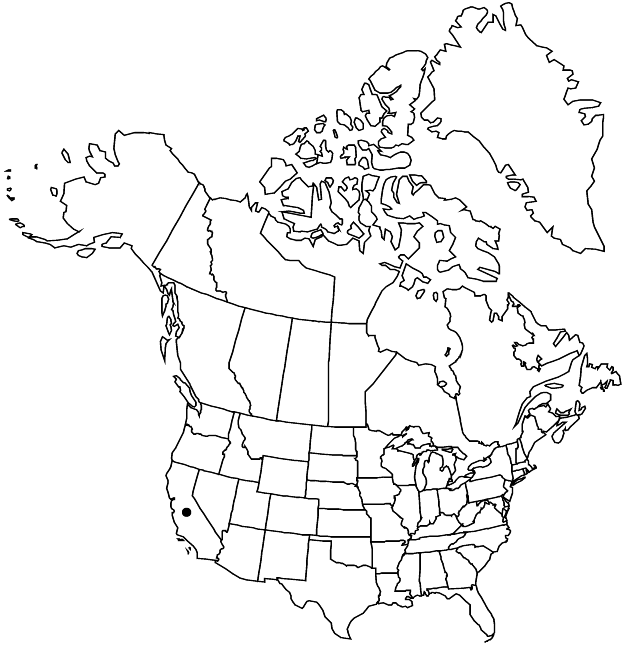Eriogonum luteolum var. caninum
Great Basin Naturalist 40: 148. 1980.
Plants protrate to spreading, 0.5–3 dm, glabrous. Aerial flowering-stems mostly prostrate to weakly erect, 0.2–1 dm. Leaves basal and cauline; blade oblong-ovate. Inflorescences 3–30 cm. Involucres sessile or terminal on branchlets, turbinate, 3–4 mm. Flowers 1.5–2.5 mm; perianth white to rose. Achenes 1.4–1.6 mm. 2n = 24.
Phenology: Flowering May–Oct.
Habitat: Sandy to gravelly serpentine flats and slopes, mixed grassland and chaparral communities, oak and pine woodlands
Elevation: 0-700 m
Discussion
The elegant variety caninum is localized in the Tiburon area of Marin County and in the Oakland Hills of Alameda County. It is similar to E. nortonii in form and habit. North of Tiburon, and especially on Mt. Tamalpais, a sharp distinction between var. luteolum and var. caninum is not always possible. Variety caninum is protected at Tiburon near Old St. Hilary’s Chapel in the John Thomas Howell Botanical Garden and in The Nature Conservancy’s Ring Mountain Preserve, and near Oakland in the W. P. Coe State Park.
Selected References
None.
Lower Taxa
"narrowing" is not a number."dm" is not declared as a valid unit of measurement for this property.
